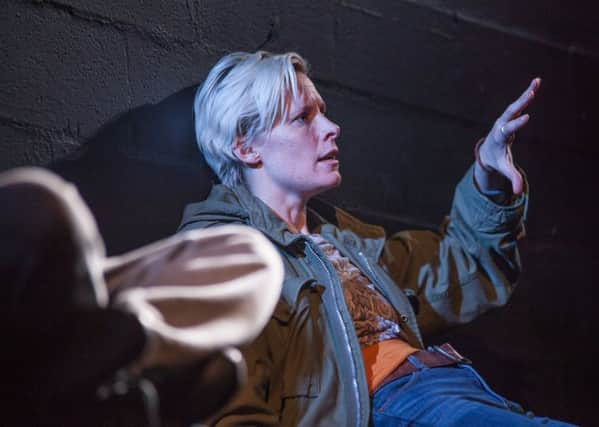Who says the Festivals aren’t for Edinburgh audiences? Brian Ferguson


Nearly 90 minutes later, I am holding my breath at the nerve-shattering climax to Mouthpiece, one of the most powerful pieces of theatre I’ve seen in 25 years of Fringe shows and the best piece of work reflecting the evolution of the city that has played host to arts festivals for 73 years. The story of how Libby, a forty-something New Town writer pulled back from the edges of Salisbury Crags by Declan, a gifted teenage artist from one of Edinburgh’s housing schemes, befriends the 17-year-old, then uses his troubled life as inspiration to reboot her stalled career, asks more challenging questions than it is possible to list in this column.
I convince myself that it is so important it should be part of the school curriculum across Edinburgh and be essential viewing for all city councillors in future, especially those prone to pontificating about the arts – before pondering how patronising I am becoming myself.
Advertisement
Hide AdOn the one hand, it destroys the case, memorably set out by filmmaker Bonnie Prince Bob at the start of August, that there is “no Edinburgh in the Festival,” given that the story is entirely set in the city, was written by an Edinburgh-born playwright, Kieran Hurley, stars Edinburgh-born actress Shauna Macdonald, and was commissioned and staged by a year-round theatre in the city. On the other hand, Mouthpiece exposes the vast gulf between the two sides to Edinburgh that co-exist in the shadow of Salisbury Crags, but rarely collide, particularly in cultural venues. During the Edinburgh festivals this seems wider than ever.
It was no surprise to see the Fringe Society trumpet the fact that 856,541 tickets were sold in Edinburgh, out of three million, a substantial chunk in anyone’s language. The International Festival’s local audience represented almost half of its 420,000 attendees. Now, I know all the festivals have been doing extensive work in communities across Edinburgh. The Fringe Society and International Festival have made huge progress in the last few years. But their public funders should reflect on what resources are needed to encourage a greater spread of venues and shows without imposing unwanted Fringe acitities on local communities.
I didn’t have to see Mouthpiece to ponder how many of those local festival-goers are drawn from the wealthier parts of the city. I am no expert on demographics, but most audiences I encountered last month did not seem short of money. The barriers are not insignificant. A shortage of venues outwith the city centre, cost of tickets, mounting disruption to public transport in August and bewildering array of shows are enough to put Fringe diehards off, never mind those who have never been to a cultural event. It does not help when commentators and activists repeat ad nauseam that the festivals are not for the people of Edinburgh, when that claim does not stand up to scrutiny. But it will take a significant collective effort and bold ideas to ensure the city’s culture gap narrows, rather than widens, in the next few years.